ALPS RK 50 Quad Volume Control Wanted
- By domtweaker
- Swap Meet
- 0 Replies
Looking for an Alps RK 50 Quad deck 100 K volume Pot.
Anyone maybe have one
Thank you
Anyone maybe have one
Thank you
|DATA EXPORTED FROM HORNRESP - RESONANCES NOT MASKED
|COMMENT: 18DS115-8 - Input wizard | Front loaded conical horn loudspeaker
|~~~~~~~~~~~~~~~~~~~~~~~~~~~~~~~~~~~~~~~~~~~~~~~~~~~~~~~~~~~~~~~~~~~~~~~~~~~~~~~~~~~~~~~~~~~~~~~~~~~~~~~~
|REQUIRED AKABAK SETTINGS:
|File > Preferences > Physical system constants:
|Sound velocity c = 344m/s
|Medium density rho = 1.205kg/m3
|Sum > Acoustic power:
|Frequency range = 10Hz to 20kHz
|Points = 533
|Input voltage = 2.83V rms
|Integration = 2Pi-sr
|Integration steps = 1 degree ... 1 degree
|Integration method = Cross
|~~~~~~~~~~~~~~~~~~~~~~~~~~~~~~~~~~~~~~~~~~~~~~~~~~~~~~~~~~~~~~~~~~~~~~~~~~~~~~~~~~~~~~~~~~~~~~~~~~~~~~~~
Def_Const |Hornresp Input Parameter Values
{
|Length, area and volume values converted to metres, square metres and cubic metres:
S1 = 330.00e-4; |Horn segment 1 throat area (sq m)
S2 = 467.00e-4; |Horn segment 1 mouth area (sq m)
L12 = 92.00e-2; |Horn segment 1 axial length (m)
Vrc = 74.70e-3; |Rear chamber volume (cubic m)
Lrc = 76.50e-2; |Rear chamber average length (m)
Ap = 300.00e-4; |Rear chamber port cross-sectional area (sq m)
Lpt = 66.60e-2; |Rear chamber port tube length (m)
Vtc = 5400.00e-6; |Throat chamber volume (cubic m)
Atc = 1000.00e-4; |Throat chamber cross-sectional area (sq m)
|Parameter Conversions:
Sd = 1210.00e-4; |Diaphragm area (sq m)
Rp = Sqrt(Ap / Pi); |Port tube radius (m)
Lpt1 = Lpt + 0.1952 * Pi * Rp; |Port tube length plus unflanged inlet end correction (m)
Arc = Vrc / Lrc;
Ltc = Vtc / Atc;
}
|~~~~~~~~~~~~~~~~~~~~~~~~~~~~~~~~~~~~~~~~~~~~~~~~~~~~~~~~~~~~~~~~~~~~~~~~~~~~~~~~~~~~~~~~~~~~~~~~~~~~~~~~
|Network node numbers for this horn-loaded vented-box system:
| 0-Voltage-1
| |
|Radiator(1)-3-Port-4-Chamber-5-Driver-6-Chamber-8-Segment-9-Radiator(2)
|~~~~~~~~~~~~~~~~~~~~~~~~~~~~~~~~~~~~~~~~~~~~~~~~~~~~~~~~~~~~~~~~~~~~~~~~~~~~~~~~~~~~~~~~~~~~~~~~~~~~~~~~
Def_Driver 'Driver'
Sd=1210.00cm2
Bl=39.00Tm
Cms=8.05E-05m/N
Rms=15.33Ns/m
fs=30.00Hz |Mmd = 325.41g not recognised by AkAbak, fs calculated and used instead
Le=3.85mH
Re=5.00ohm
ExpoLe=1
System 'System'
Driver Def='Driver''Driver'
Node=1=0=5=6
Radiator 'Port outlet'
Node=3
SD={Ap}
Label=1
Duct 'Rear chamber port'
Node=3=4
SD={Ap}
Len={Lpt1}
Visc=0
Duct 'Rear chamber'
Node=4=5
SD={Arc}
Len={Lrc}
Visc=0
Duct 'Throat chamber'
Node=6=8
SD={Atc}
Len={Ltc}
Visc=0
Waveguide 'Horn segment 1'
Node=8=9
STh={S1}
SMo={S2}
Len={L12}
Conical
Radiator 'Horn mouth'
Node=9
SD={S2}
Label=2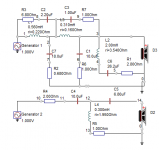


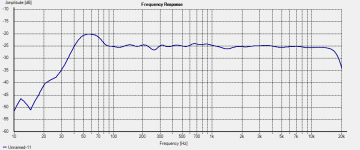
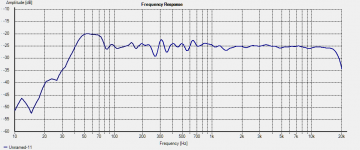
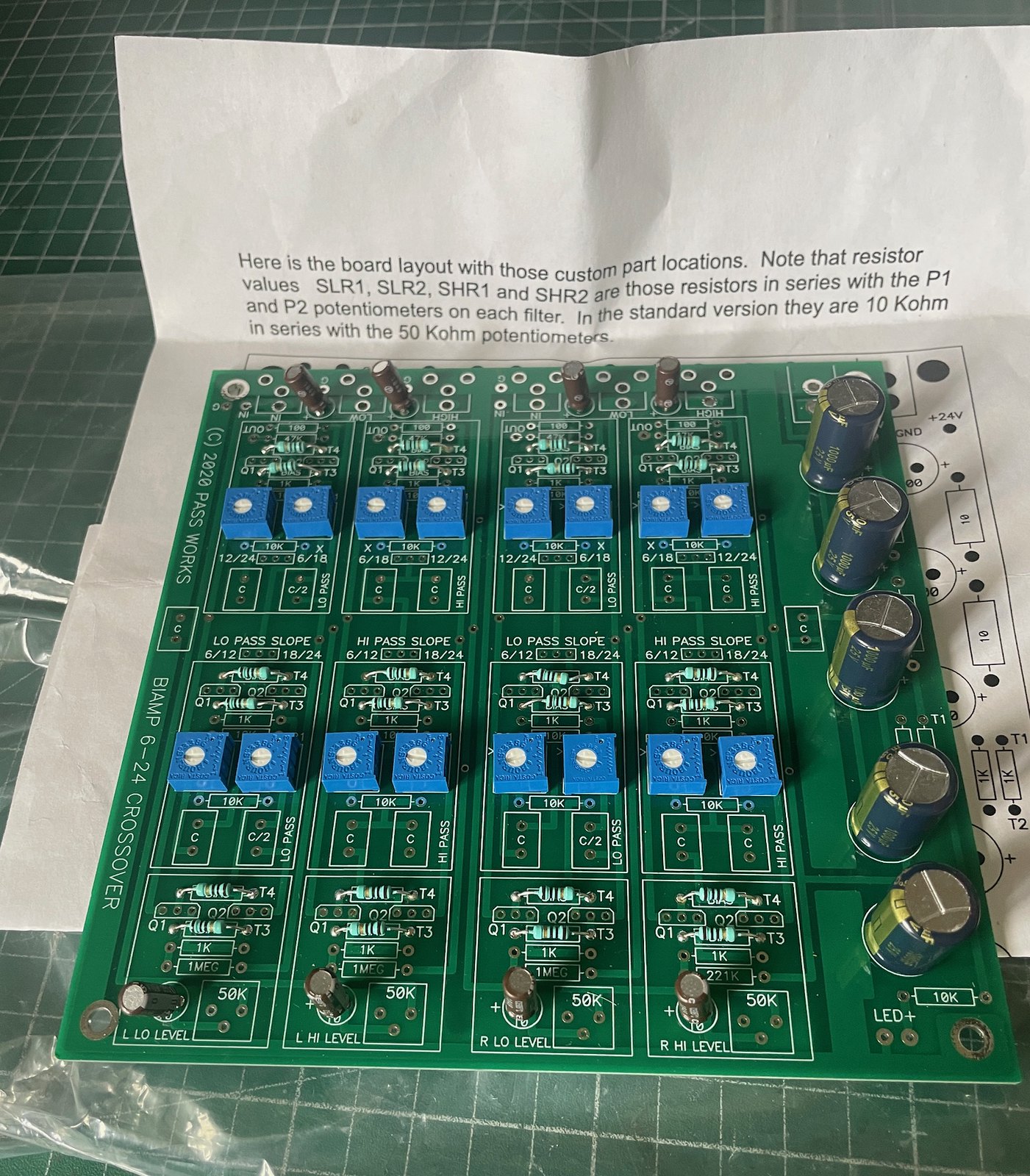
 GB2023 by Ian
GB2023 by Ian
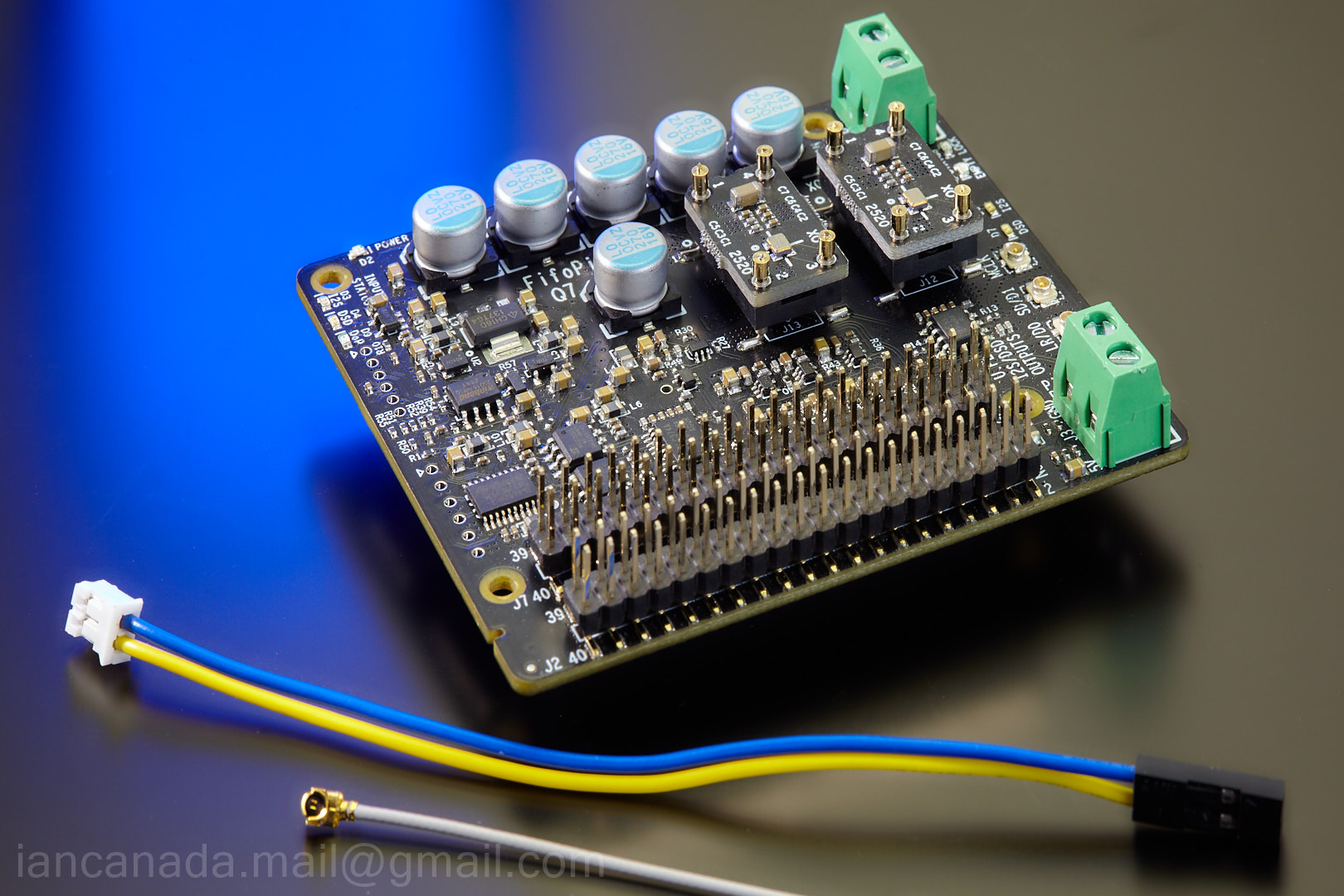





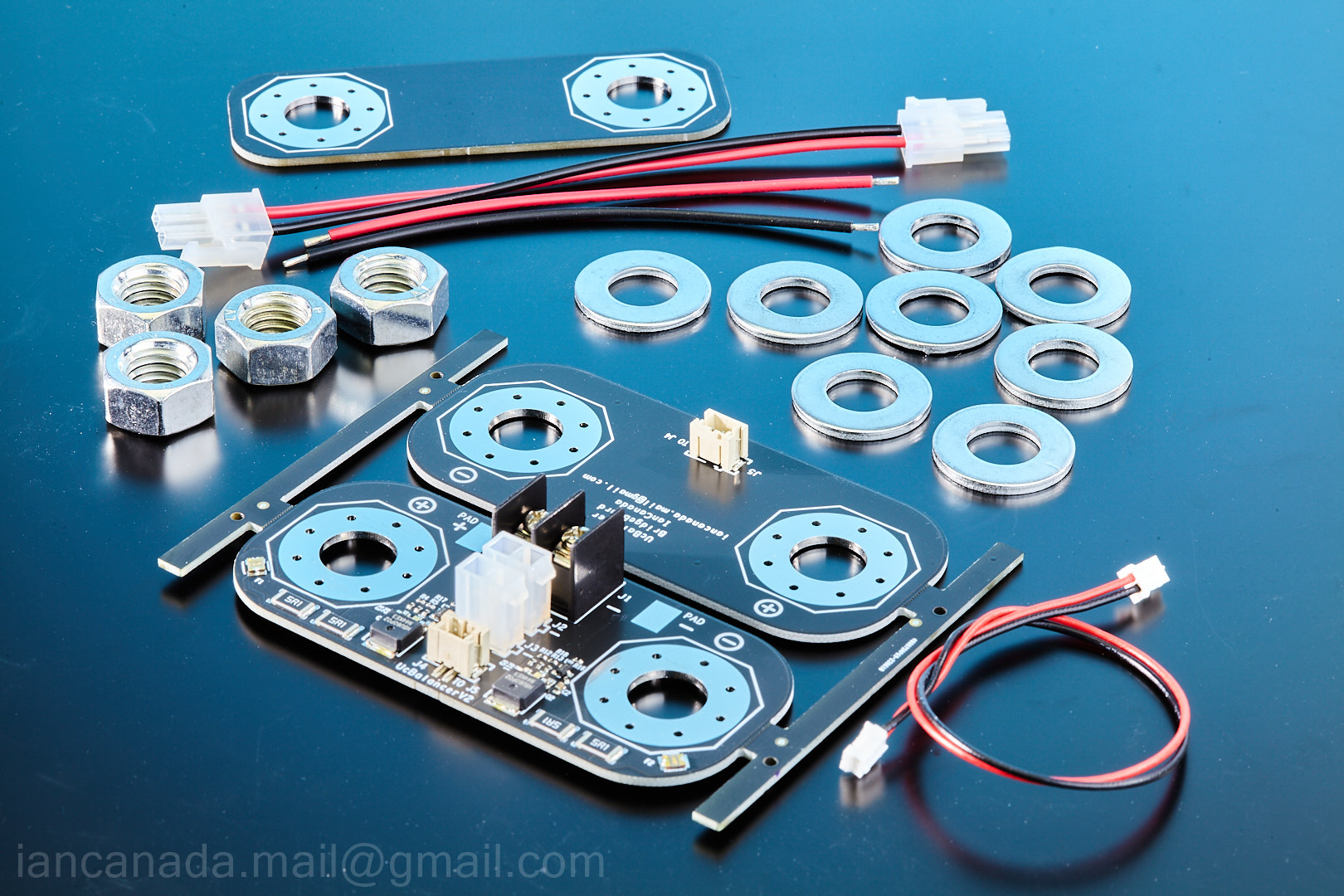

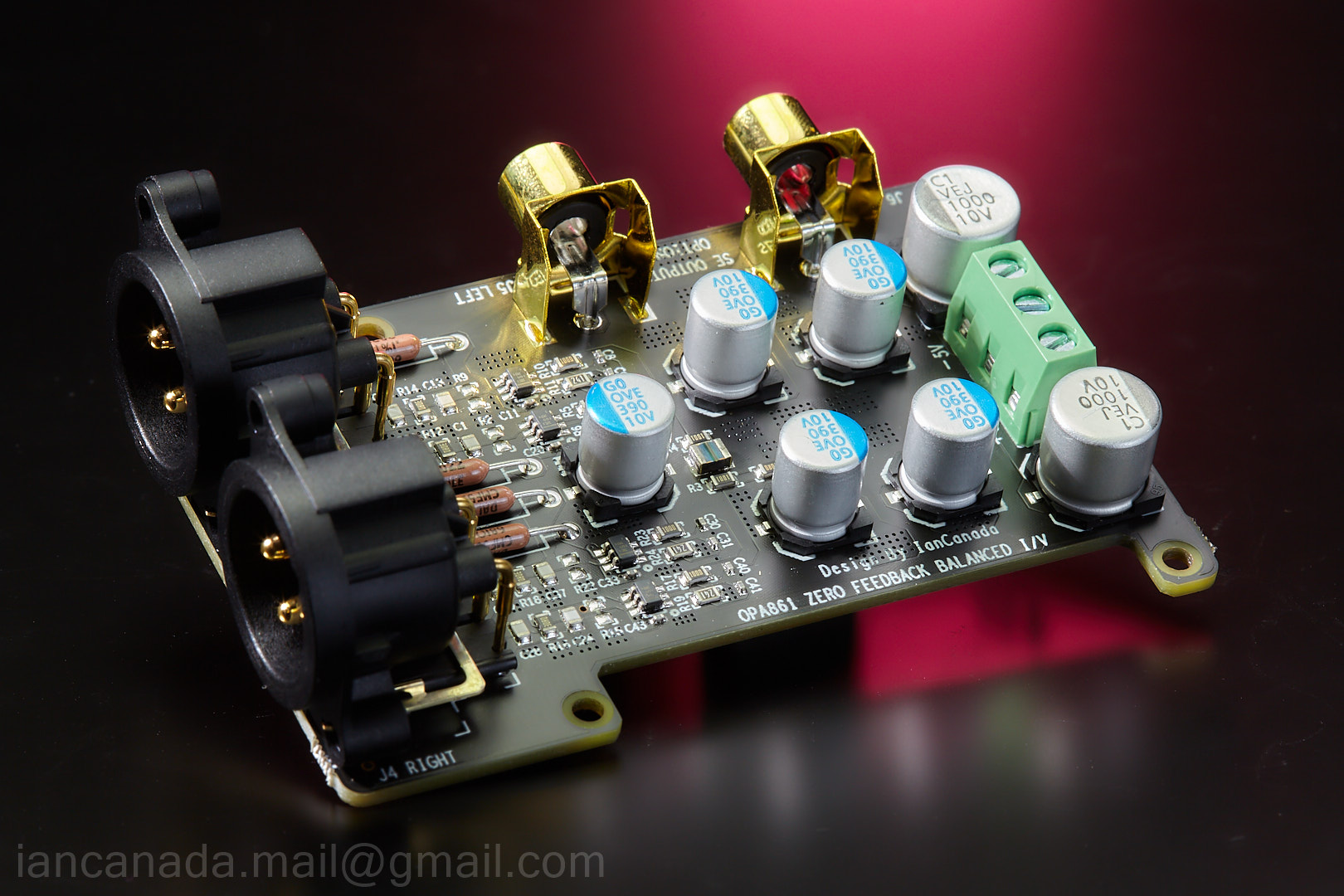


 ES9038Q2MDMII by Ian
ES9038Q2MDMII by Ian ReceiverPiDDC by Ian
ReceiverPiDDC by Ian